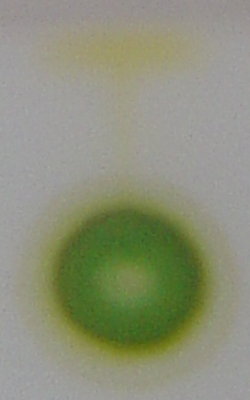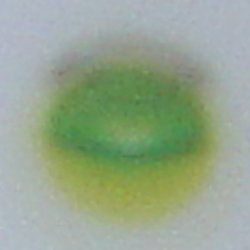Thin layer chromatography
Enlarge text Shrink text- Planar chromatography in the life sciences, 1989.
- MESH(Chromatography, Thin layer)
Thin-layer chromatography (TLC) is a chromatography technique that separates components in non-volatile mixtures. It is performed on a TLC plate made up of a non-reactive solid coated with a thin layer of adsorbent material. This is called the stationary phase. The sample is deposited on the plate, which is eluted with a solvent or solvent mixture known as the mobile phase (or eluent). This solvent then moves up the plate via capillary action. As with all chromatography, some compounds are more attracted to the mobile phase, while others are more attracted to the stationary phase. Therefore, different compounds move up the TLC plate at different speeds and become separated. To visualize colourless compounds, the plate is viewed under UV light or is stained. Testing different stationary and mobile phases is often necessary to obtain well-defined and separated spots. TLC is quick, simple, and gives high sensitivity for a relatively low cost. It can monitor reaction progress, identify compounds in a mixture, determine purity, or purify small amounts of compound.
Read more on Wikipedia >
 Topic
Topic












